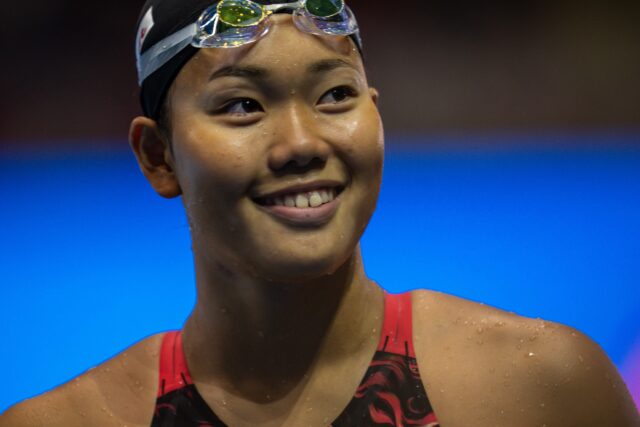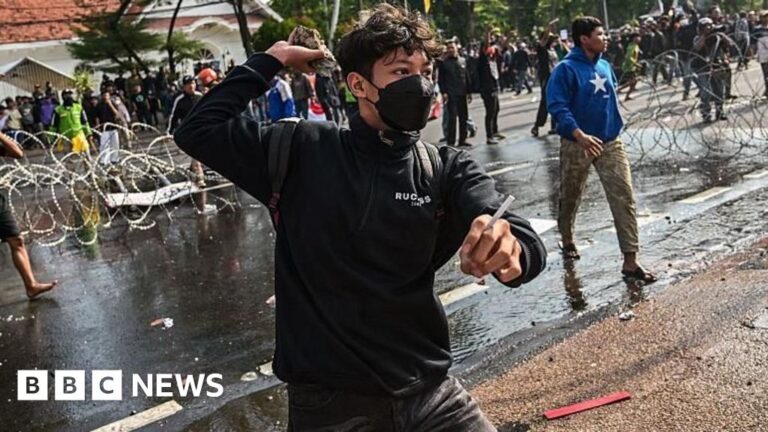A simmering feud over management of one of North America’s longest rivers reached a boiling point when the U.S. Supreme Court sent western states and the federal government back to the negotiating table last year.
Now the battle over waters of the Rio Grande could be nearing resolution as New Mexico, Texas and Colorado announced fresh settlement proposals Friday designed to rein in groundwater pumping along the river in New Mexico and ensure enough river water reliably makes it to Texas.
New Mexico officials say the agreements allow water conservation decisions to be made locally while avoiding a doomsday scenario of billion-dollar payouts on water shortfalls.
Farmers in southern New Mexico increasingly have turned to groundwater as hotter and drier conditions reduced river flows and storage. That pumping is what prompted Texas to sue, claiming the practice was cutting into water deliveries.
It will be up to the special master overseeing the case to make a recommendation to the Supreme Court.
If endorsed by the court, the combined settlements promise to restore order to an elaborate system of storing and sharing water between two vast, adjacent irrigation districts in southern New Mexico and western Texas.
Still, tough decisions await New Mexico under its new obligations.
Divvying up a dwindling resource
In 1939, when New Mexico was a young, sparsely populated state, it ratified a compact with Texas and Colorado for sharing the waters of the Rio Grande. The agreement defined credits and debits and set parameters for when water could be stored upstream.
From the San Luis Valley in Colorado to below Elephant Butte Reservoir in New Mexico, the compact called for gages to monitor the river, ensuring downstream obligations were met.
Meeting the nearly century-old metrics has become harder as snowpacks shrink in the mountains that feed the Rio Grande. Thirsty soil soaks up more snowmelt and runoff before it reaches tributaries, warmer temperatures fuel evaporation, and summer rainy seasons that once boosted flows and recharged reservoirs are more erratic.
The equation is further complicated by growing populations. The Rio Grande provides drinking water for about 6 million people and helps to irrigate millions of acres of cropland in the U.S. and in Mexico.
While the Colorado River gets all the headlines, experts say the situation along the Rio Grande is just as dire.
Triple whammy
The proposed settlements would provide a detailed accounting system for sharing water with Texas.
New Mexico could rely on credits and debits from year to year to navigate through drought and wet periods, though it could be responsible for additional water-sharing obligations if deliveries are deferred too long.
The international group Sustainable Waters is wrapping up an extensive study on how the river’s water is being used.
Brian Richter, the group’s president, said that over the last couple of decades, New Mexico has lost more than 70% of its reservoir storage along the river while groundwater has been extracted faster than it can be replenished. Add to that New Mexico has fallen behind in its water deliveries to Texas.
Richter called it a triple whammy.
“We’re definitely in a precarious situation and it’s going to become more challenging going forward,” he said. “So I think it’s going to require sort of a major reenvisioning of what we want New Mexico’s water future to look like.”
The parties in the case say the proposed agreements will facilitate investments and innovation in water conservation.
“The whole settlement package really provides for the long-term vitality, economic vitality, for the communities in both New Mexico and Texas,” said Hannah Riseley-White, director of the Interstate Stream Commission.
New Mexico would have two years to adopt a plan to manage and share water along its southernmost stretch of the Rio Grande. The state can still pump some groundwater while monitoring aquifer levels.
“The burden is on New Mexico,” said Stuart Somach, lead attorney for Texas in the Rio Grande dispute.
All dried up
In Albuquerque, it looks grim.
It’s common to have stretches of the Rio Grande go dry farther south, but not in New Mexico’s largest city. Prior to 2022, it had been four decades since Albuquerque had seen the muddy waters reduced to isolated puddles and lengthy sandbars.
Aside from a changing climate, water managers say the inability to store water in upstream reservoirs due to compact obligations exacerbates the problem.
Many of the intricacies of managing the Rio Grande are as invisible to residents as the water itself.
Sisters Zoe and Phoebe Hughes set out to take photos during a recent evening, anticipating at least a sliver of water like usual. Instead they found deep sand and patchwork of cracked, curled beds of clay.
“It’s so dystopian. It’s sad,” Phoebe Hughes said, adding that the river isn’t so grand now.
Looking for a silver lining, the two collected pieces of riverbed clay, hoping they could fashion it into something. Other curious visitors played in the sand and walked dogs.
Downstream, Elephant Butte stands at less than 4% of capacity. The reservoir is an irrigation lifeline for farmers, fuels a hydropower station and serves as a popular recreation spot.
Reducing use
The settlements call for reducing groundwater depletions to a rate of 18,200 acre-feet per year. While that’s about one-sixth of the drinking water supplied to New York City each day, for the arid West, it’s a monumental amount.
New Mexico officials expect to achieve most of those reductions from buying water rights from willing sellers, meaning more than 14 square miles (36 square kilometers) of farmland would be retired.
Many details — and the price tag — have yet to be worked out, the general counsel for the New Mexico state engineer’s office told state lawmakers this month. The Legislature in 2023 set aside $65 million toward the settlements and related infrastructure projects, and the state is tapping additional federal dollars. But it will still need more funds, experts say.
Riseley-White said it will take a combination of efforts, including long-term fallowing programs, water conservation and more efficient irrigation infrastructure.
“There isn’t one answer. It’s going to be necessarily an all-of-the-above approach,” she said, acknowledging that there will be less water in the future.
Attorney Sam Barncastle, who worked for years on behalf of irrigators, worries small farming operations and backyard gardeners could ultimately be pushed out.
“Farmland does not come back once it’s gone,” she said.
Peppers and pecans
The overall idea is to avoid abruptly curtailing water for users, but farmers in southern New Mexico have concerns about how much water will be available and who will be able to use it.
New Mexico is the nation’s No. 2 pecan producer, and the sprawling orchards would die without consistent water. The state also is home to world-renowned chilies — a signature crop tightly woven into New Mexico’s cultural identity.
Ben Etcheverry, a board member of the New Mexico Chile Association, said farmers have transitioned to drip irrigation to save water and energy but are continually told they have to do more with even less water and pay higher rates.
“It just becomes a game of whack-a-mole while we try to do better,” he said. “Every time we do better, it seems they turn it into a punishment.”
___
Lee reported from Santa Fe.















